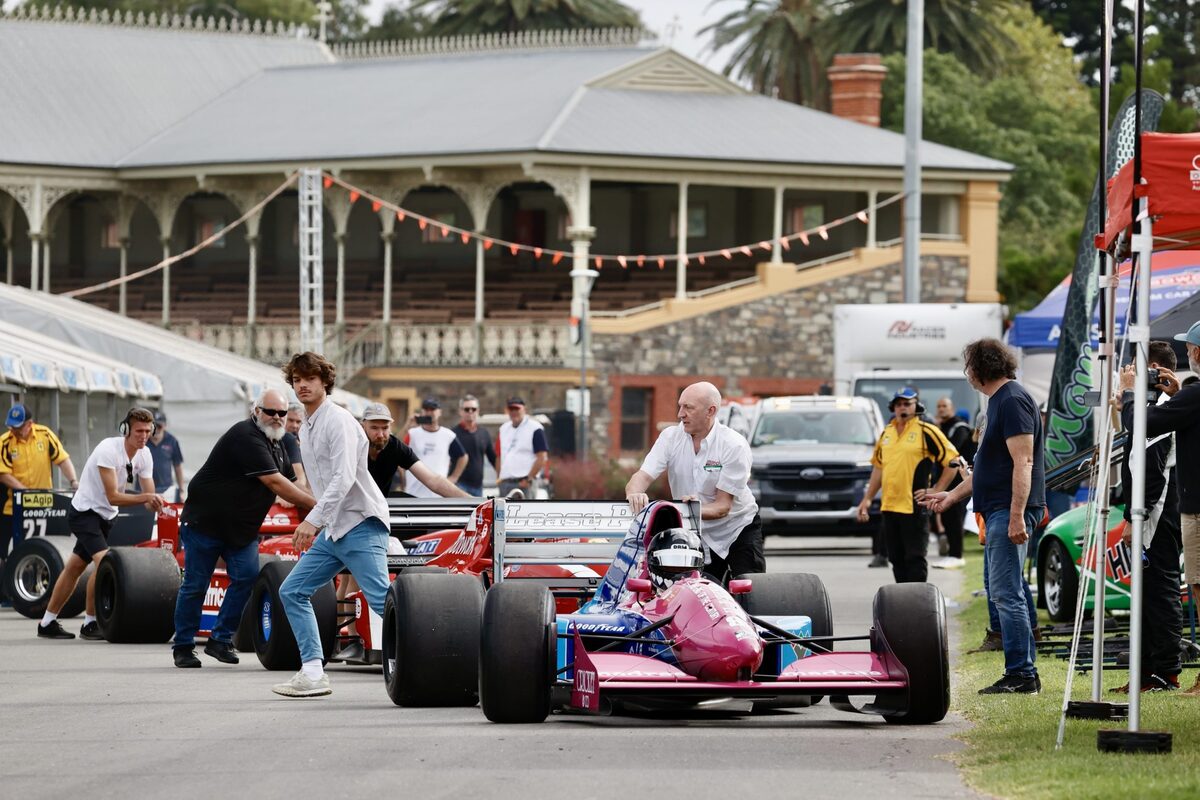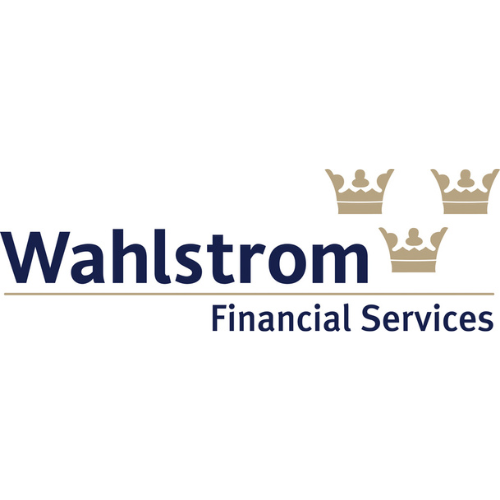

South Australia and Adelaide are the perfect places to celebrate motorsport.
Drawing on the history of motor racing in the state, and Australia more broadly, it manages to neatly link the past to the present in two-and-a-bit days of festivities that have been embraced by the locals.
That is no accident.
To say it was by design would be an overstatement but the unfair advantage its location offers has not been lost on the organiser, Tim Possingham.
From a motorsport-loving family (his parents raced, and he’s competed with some success himself), Possingham’s formative years were spent in the motorsport and automotive industries.
He worked with the Sporting Car Club of South Australia on the festival from its inception in 2014 until 2018, when the state government axed it.
However, a phone call and a promise from then-aspiring South Australian Premier Peter Malinauskas saw it return for 2023.
“It wasn’t until I got a phone call one night from a guy that I’d never heard of before,” Possingham told Speedcafe.
“He said to me, ‘Hi, this is Peter Malinauskas. I’m running to be the new premier of the state and I just want you to know that I support what you do and, if we’re successful and we’re elected, we will support you and your event.”
Malinauskas won the 2022 state election and quickly reversed the previous government’s decision to kill off its famed touring car event.
He was also true to his word with Possingham, and the Adelaide Motosport Festival returned, with government support.
The Adelaide Motorsport Festival uses the parklands section of the Adelaide street circuit, a stretch of tarmac that can be traced back to F1’s arrival in Australia in 1985.
To this day, the layout remains unchanged – until recently, the hardstand in pit lane bore witness marks to the final Adelaide grand prix in 1995.
It’s a venue that lies an easy stroll from the city centre, making transport links and access comparatively trivial.
More than that, it places the Adelaide Motorsport Festival in a prime position to leverage the city’s party culture.
That’s best demonstrated by the Gouger Street party, held the night before the on-track action truly begins.
It brings fans and the stars – both the cars and the personalities – together in a melting pot that is uniquely Adelaide, leveraging what works for the Fringe and other key events but also drawing direct parallels to the parties that would stop the city’s east-end when Formula 1 was in town.
“We’re blessed that we can do this in Adelaide, because of the history and heritage here,” Possingham reasoned.
“Obviously that’s a big part of what the event is. But at the same time, I’m a firm believer in diversity.
“We want this to be a smorgasbord.”
Adelaide was home to much of Australia’s automotive manufacturing industry.
Holden was a South Australian saddlery before moving into cars, which were put together in Elizabeth, to the north of the city centre. To the south was Chrysler, later Mitsubishi, in Tonsley Park.
But while both have closed their doors, they ingrained a generational legacy.
When considered alongside the state’s festival culture, its motorsport history, and the long-standing links to the automotive world, Adelaide offers the perfect platform for a motorsport festival.
The challenge is to activate on that interest and deliver a product that appeals to every attendee while at the same time remaining fresh and interesting.
Using the parklands section of the F1 circuit, with barriers left by organisers of the Adelaide 500, ticks the on-track action box.
The Sprint format can also offer the illusion of racing, even if technically it is nothing but a high-speed driving event, with sessions deliberately kept short.
As a result, there is always something on track, and something new coming shortly.
It is also a key point of difference from other festivals where, in the case of the Goodwood Festival, it is a one-at-a-time hillclimb. The Goodwood Revival is a period-themed race meeting, as is the Monterey Motorsports Reunion.
The Adelaide Motorsport Festival differs in that it offers a multi-car (and bike) spectacle that features not only historic and classic racing machinery but modern equipment and interesting demonstrations.
That mix is deliberate and part of Possingham’s mantra to ensure there is diversity for those who’ve purchased tickets.
“I want people to come into the event space and go ‘oh my god, there’s a Formula 1 car there, let’s take a bite of that, that’s a tasty morsel, and then there’s Craig Lowndes who’s just walked past me, another thing, oh my god, there’s that JPS BMW I remember as a kid’,” Possingham explained.
“Again and again and again, there’s constantly small bits of really interesting, very different things that you experience.
“That’s why we have only 15-minute sessions on track, so it’s something great and then very quickly something great again.
“We have zero downtime. We never ever have a break on track.
“The other philosophy that I’ve got is to reduce barriers, reduce obstacles,” he added.
“What I mean by that is not physical barriers or concrete barriers, or debris fencing, I mean you come into the site and children can undertake any childrens’ activity with no cost.
“Whether it be simulators, slot car racing, radio control car racing, that’s all going to be at no cost.”
That extends to other off-track activities designed for adults, including discussions with the likes of Valtteri Bottas and David Croft in the grand marquee.
There is another side to the event too, with exclusive offerings for those who want something out of the ordinary.
Those are designed to cater to the more affluent visitors, who can engage with exotic brands such as Pagani or Zagame.
It’s a market Possingham is acutely aware of and he does what he can to leverage it for the betterment of both the event and South Australia.
There are private dinners, meet and greet opportunities, and tours of tourist and industry areas.
“The event is not just about bed nights, which is usually how this sort of thing is measured on,” Possingham explained when asked about the return on investment the event offers the SA state government.
“Our event does something different. It has got this disproportionate amount of affluent individuals that come in from overseas and interstate that spend time in South Australia.
“What these people do is that they then start to discover what we’ve got here in South Australia.
“Particularly at the moment, South Australia and Adelaide is leading the world in terms of renewable energy production.
“It’s been voted by several publications as one of the best places in the world to do business and visit, and arguably has more opportunities, right now, for business owners in terms of investment and development than any other part of Australia.
“So the state’s really on fire in many respects, and so when these individuals come to South Australia, and they spend time here at our event, they start looking at things like what opportunities exist here; is there opportunities for regional hotels, aquaculture, tech, cyber, space, renewables? Those opportunities do exist here.
“The economic benefit of the state that, indirectly, has been delivered by the motorsport festival is far, far higher than just people coming and spending a night or two.”
There is another benefit to South Australia, too.
As the event grows it offers the city and state increased international exposure and awareness, another point in favour of the Adelaide Festival over the likes of Goodwood or Monterey, where the focus is largely focused on the cars and on-track.
In Adelaide, the entire experience is what matters most with a desire to deliver more than what is expected.
By doing so, in the short time since its reincarnation, the Adelaide Motorsport Festival has garnered a positive reputation and global awareness, attracting some of the highest-profile people in motorsport.
It’s specifically designed so attendees can experience something unusual, surprising, and unlike anything else anywhere in the world.



















Discussion about this post